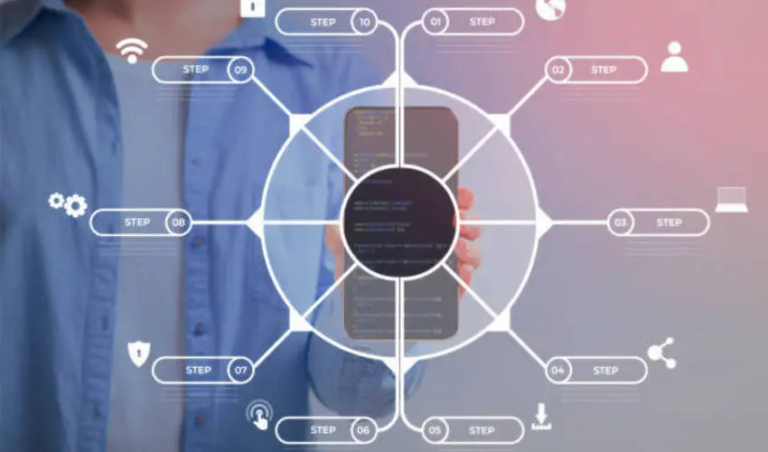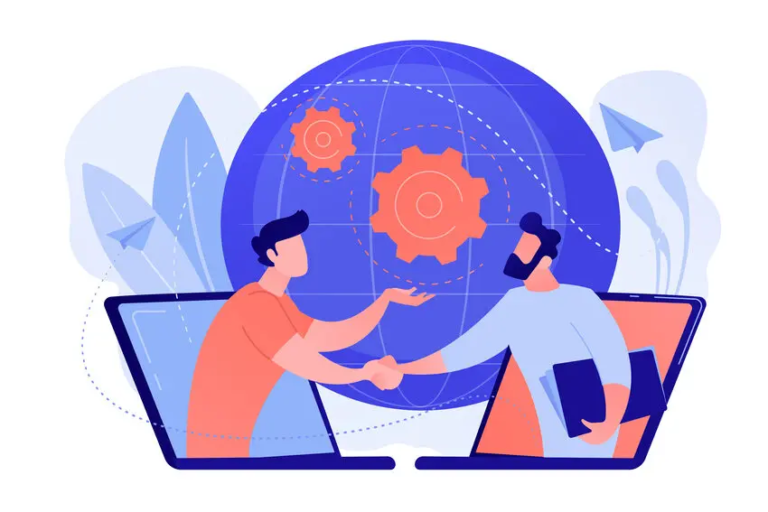Higher education web development is evolving fast. Artificial intelligence (AI) and chatbots are playing a major role. Universities and colleges use these technologies to improve websites and enhance student experiences. AI-powered solutions make websites smarter, faster, and more interactive. This article explores how AI and chatbots are transforming higher education web development.
1. Personalized User Experience
AI helps create personalized experiences for students. Websites can show content based on student interests and behavior.
- AI analyzes user data to recommend relevant courses and resources.
- Chatbots guide students through website navigation based on their queries.
- Personalized dashboards display assignments, deadlines, and notifications.
2. 24/7 Student Support
Chatbots provide instant answers to student questions at any time. They reduce the need for human support.
- Chatbots handle common queries about admissions, fees, and courses.
- AI-powered assistants help students with technical issues on learning portals.
- Automated responses improve efficiency and save staff time.
3. AI-Powered Virtual Assistants
Virtual assistants help students complete tasks faster. They improve website usability and engagement.
- Assistants provide reminders for deadlines and class schedules.
- AI helps students register for courses with automated guidance.
- Voice-activated assistants improve accessibility for visually impaired students.
4. Enhanced Course Search and Enrollment
AI makes course searches easy and efficient. Students find relevant programs faster.
- AI-powered search engines recommend courses based on previous choices.
- Chatbots guide students through the enrollment process.
- AI-driven forms autofill student details for faster registration.
5. Smart Data Analytics
AI helps universities analyze student behavior. Insights improve decision-making in higher education web development.
- AI tracks website usage patterns to improve navigation.
- Predictive analytics help universities offer better academic support.
- Data insights enhance content strategies for student engagement.
6. Improved Accessibility and Inclusivity
AI-driven features make websites more accessible for all users.
- Chatbots assist users with disabilities in navigating websites.
- AI-powered text-to-speech tools help visually impaired students.
- Machine learning translates content into multiple languages.
7. Automated Grading and Feedback
AI helps automate grading, reducing workload for educators.
- AI tools evaluate multiple-choice tests instantly.
- Machine learning provides feedback on essays and assignments.
- Automated assessments ensure faster results and better student support.
8. Fraud Detection and Security
AI strengthens website security and prevents fraud.
- AI detects fake student applications and fraudulent activities.
- Machine learning protects student data from cyber threats.
- AI-powered authentication enhances login security.
9. Integration with Learning Management Systems (LMS)
AI improves LMS functionality, making online learning more interactive.
- AI recommends study materials based on student progress.
- Chatbots answer academic questions within the LMS.
- AI tracks learning habits to suggest personalized study plans.
10. Future of AI in Higher Education Web Development
AI and chatbots will continue to grow in higher education web development.
- AI will enhance virtual reality-based learning experiences.
- Smart chatbots will provide deeper academic guidance.
- AI-driven automation will improve university operations.
Conclusion
AI and chatbots are transforming higher education web development. They make websites smarter, faster, and more interactive. From student support to security, AI plays a crucial role. As technology advances, universities will continue to benefit from AI-driven web solutions.






